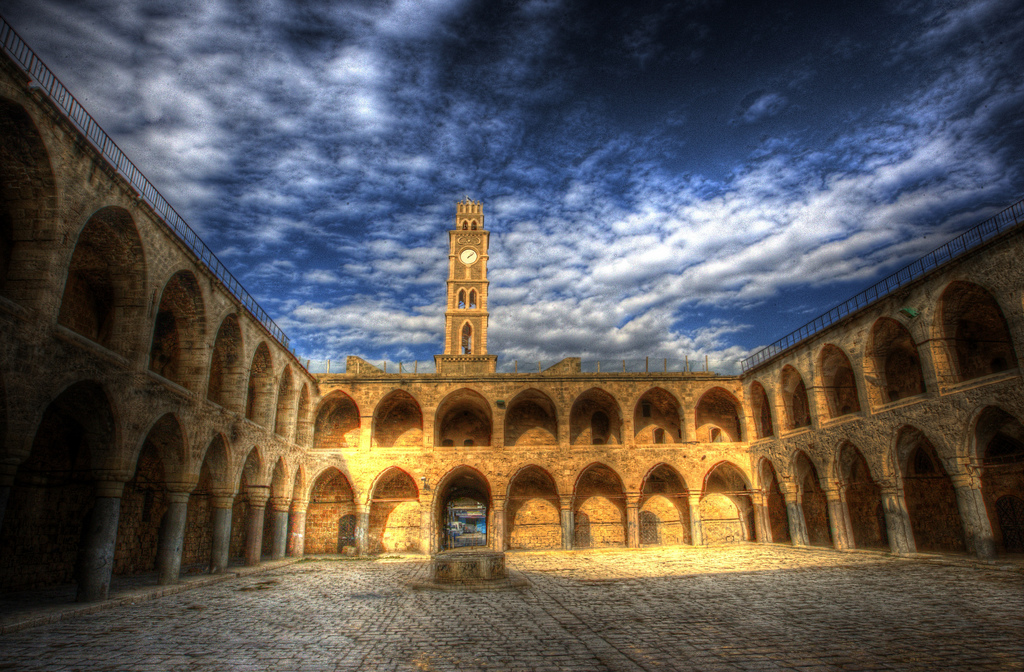Famous Akko Prison
December 28th 2014
 In the years of the British Mandate in pre-state Palestine, before the State of Israel was declared in 1948, the British government in Palestine did not take kindly to the Jewish underground resistance fighters. This is understandable, considering that the Jewish underground resistance fighters sought to rid Palestine of British rule and establish a homeland for the Jewish people in Palestine.
In the years of the British Mandate in pre-state Palestine, before the State of Israel was declared in 1948, the British government in Palestine did not take kindly to the Jewish underground resistance fighters. This is understandable, considering that the Jewish underground resistance fighters sought to rid Palestine of British rule and establish a homeland for the Jewish people in Palestine.
During the British Mandate, hundreds of members of three different Jewish underground resistance organizations – Haganah, Etzel and Lehi – were imprisoned in Akko.
The building itself, known as the Citadel of Akko, has a long history as a fortified building. Originally a Crusader fortress from the 12th century, during the Ottoman period, the citadel was built on the ruins of the Crusader fortress. During the time the Ottoman Turks ruled Palestine, the citadel was a government building. It later was used as a prison, then as barracks for the Ottoman army and eventually was used to warehouse weapons.
When the British took over, they turned the citadel back into a prison for Jewish resistance fighters. The first and most famous prisoner here was Zeev Jabotinsky who was the Commander of the Jewish Defense of Jerusalem at the time. Jabotinsky survived the prison and became a famous writer and political activist. He died and was originally buried outside of Israel but was reinterred on Mount Herzl 15 years after the State of Israel was established.
The most famous story of the Akko Prison occurred on May 4, 1947 when members of Etzel broke into the prison and freed a total of 41 prisoners. In the ensuing battle, the British police and military killed three of the Etzel members who participated in the prison break and six of the prisoners who had been among the 41 released.
You’ll be able to view the gallows where Jewish prisoners were hung as well as tour some of the cells where they were held. Besides its role as a museum, Akko Prison also serves as a memorial to the Jewish underground fighters and their Zionism, heroism and sacrifice.
Despite their incredibly similar names, the Underground Prisoners Museum in Akko should not to be confused with the Museum of Underground Prisoners in the Russian Compound in Jerusalem.











